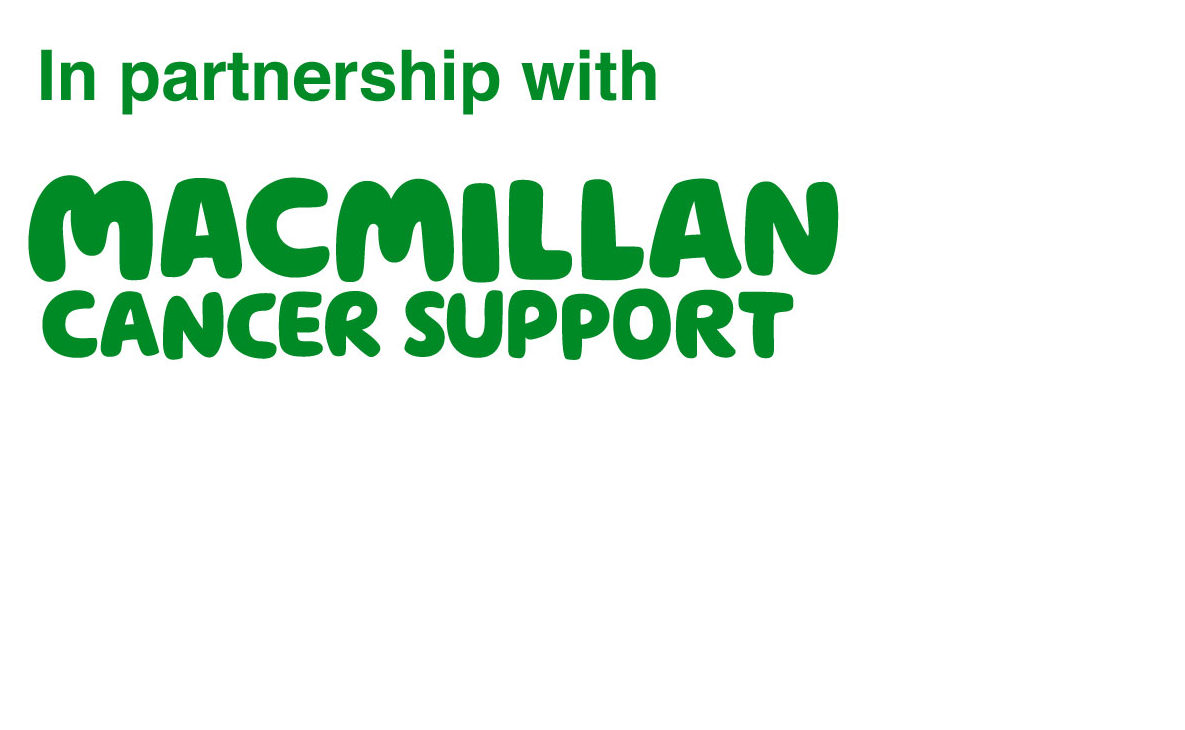Skin Toxicity
Skin toxicity is the commonest adverse effect from immunotherapy with approximately 30-50% experiencing some skin symptom.
Skin toxicity usually presents in the form of a rash, erythema or pruritus.
On some rare occasions, toxic epidermal necrolysis (TEN), vasculitis, Steven-Johnson Syndrome and drug rash with eosinophilia and systemic symptoms (DRESS) can occur.
The symptoms usually develop early in the course of treatment (within the first few weeks after initiation).
Questions
- What treatment is the patient on and when was it last administered?
- Is the patient on a clinical trial? If so, which trial and are they still taking any oral trial medications?
- Full drug history including any OTC medications or herbal remedies
- Any systemic symptoms of infections (particularly viral symptoms)
- Any PMHx (skin condition may be linked with other systemic disease)
Grade 1 (Green)
Macules/papules covering <10% of the body surface area (BSA), with or without symptoms (e.g. pruritis, burning, tightness)
Advice
Management:
- Review on AOCU
- Consider topical emollients, oral antihistamines +/- mild topical corticosteroids (mild to moderate potency). Avoid sun and skin irritants
- Continue immunotherapy
Grade 2 (Amber)
Macules/papules covering 10-30% BSA with or without symptoms (e.g. pruritis, burning, tightness); limiting instrumental activities of daily living (ADL)
OR
skin rash >30% BSA with or without mild symptoms without limiting ADL
Advice
Needs clinical review on AOCU
- TREATMENT as Grade 1 topical emollients, antihistamines + topical corticosteroids (Moderate to high potency)
- Consider need for oral prednisolone
- Consider withholding immunotherapy.
- Monitor symptoms
- If extensive rash or after 3 days review refractory to topical steroids stop immunotherapy and initiate oral prednisolone 0.5-1mg/kg, tapered over > 4 weeks, restart when G1 and prednisolone < 10mg/day. If symptoms worsen after 5 days treat as G4
Grade 3 (Red)
Skin rash covers >30% BSA with moderate or severe symptoms, limiting ADL
Advice
Action: Withhold immunotherapy. Monitor symptoms.
TREATMENT as Grade 1 topical steroid ointment (High potency)
If extensive rash or after 3 days review refractory to topical steroids initiate oral prednisolone 0.5-1mg/kg tapered over > 4 weeks, restart when G1 and prednisolone < 10mg/day
If symptoms worsen after 5 days treat as G4
Monitor daily CRP-eosinophils
Grade 4 (Red)
Severe rashes
Skin sloughing or blisters >30% BSA with severe symptoms (epidermal detachment)
Advice
Action: Withhold immunotherapy. Will need urgent admission to hospital and dermatology review.
TREATMENT: IV Methylprednisolone 1-2mg/kg od, tapered over > 4 weeks once rash controlled. Topical treatment as G1.
Review daily. If refractory to steroids/rapidly progressing: Consider 1st line infliximab, 2nd line IVIG. Monitor daily CRP-eosinophils
General advice about topical therapy application: only mild steroids should be used on the face unless advised otherwise by a dermatologist, because of the ophthalmological risks and risks of steroid induced atrophy, enough topical steroid ointment to make the skin look shiny to avoid undertreatment
Supportive treatment
-Topical emollients:
dermol 50-50, E45 cream, diprobase cream
-Topical steroids/potency:
mild 1% hydrocortisone ointment
moderate clobetasone butyrate 0.05% (eumovate)
high mometasone furoate
-Oral antihistamines:
Piriton 4mg tds, loratadine 10mg od, fexofenadine 180mgod
For more information please use link: Topical-steroids-Sep-19-1.pdf (eczema.org)
If using topicals it takes 2-4 weeks to see a response
Handover management with patient’s team, discuss all interruptions of treatment with team +/- AOS prior to proceeding.
Arrange follow up review as necessary.
Initial assessment – patient seen in AOCU
Investigations:
-Clinical examination
Skin rash common: maculopapular, pustulopapular, erythema or rare: TEN, Steven-Johnson syndrome, DRESS or vasculitis with purpuric rash
– Associated symptoms: pruritus, burning, tightness
-Exclude other causes: infection, drug allergy
-Bloods: FBC, LFTs, Renal, cortisol, TFTs, glucose
-Medical photography and dermatology referral for skin punch biopsy in G3/G4 and steroid refractory G2 skin toxicity
– for specialist advice if needed contact Dr Victoria Akhras Consultant Dermatologist email: victoria.akhras@nhs.net
-if symptomatic rash of any grade please arrange a face-to-face review
Treatments
Management of immunotherapy-related rash is dependant on severity.
- All patients with skin toxicity should be advised to avoid skin irritants and sun exposure.
- The decision on withholding immunotherapy treatment should always be discussed with a consultant oncologist.
- Patients with Grade 1 or mild Grade 2 skin toxicity can generally be managed with topical emollients, anti-histamines and topical corticosteroids if necessary. For patients with more severe Grade 2 symptoms, oral prednisolone (0.5-1mg/kg) can be considered – this should be discussed with a consultant oncologist prior to initiation.
- Patients with Grade 3/4 skin toxicity need to be managed more aggressively. Dermatology review is recommend and the initiation of IV methylprednisolone 1-2mg/kg should be discussed with a consultant oncologist.
- Consider medical photography of rash and skin biopsy.
